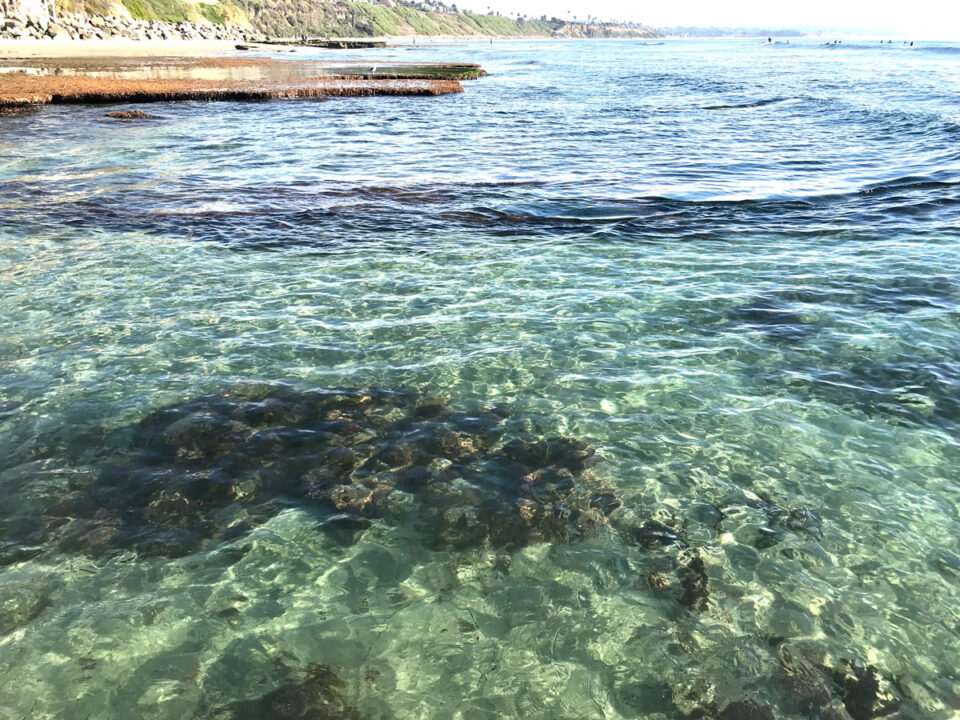One of my favorite times to surf as a kid was when it was pouring rain. The thinking then was, “Hey, you’re getting wet anyway, why not go all the way?”
Maybe we didn’t know that the ocean was gathering pet feces, motor oil and pesticides from our gutters as the rainwater made its way to the sea.
Maybe, but I don’t really think that was the case. I think the ocean was much cleaner, since a mere fraction of the people who currently live near the beach did so then.
San Diego’s North County in the summer of 1970, when I fled the concrete jungle of Los Angeles for the final time, was a series of middle-class hamlets whose residents worked in the flower fields, restaurants, post offices or local stores like everyone’s favorite, Value Fair.
Most alleys were left unpaved, and the parking lots of Cardiff Reef and Swami’s were dirt. Seaside Reef was also dirt, except where the trailer park stood.
Immediately beyond the city limits (which was essentially Crest Drive, just prior to Village Park being built) were acres of chaparral that spread out all the way to the Arizona border.
Whenever it rained, the ground soaked up much of the water, and the sandstone cliffs, which were yet to be stabilized, nourished the beaches with fresh sand.
Nobody had luxury cars or excess cash, and we willingly shared our poverty, realizing we were wealthy in ways most of the world would never understand.
I can’t blame anyone for wanting to escape the pavement I once fled, or the brutal winters of the East. And I can’t blame those who have benefited from the construction trade. Everybody needs to make a buck.
I applaud those who have attempted leaving open fields and canyons for small animals and curious children who will grow up catching bugs and reptiles, learning without really trying to examine the wonders of nature. Thank you for keeping a little portion of our paradise wild.
What upsets me is the state’s obsession with cutting the heart from the land, smashing the shelters of rabbits, raccoons, and coyotes in a hyperactive race to pave the world, turning flowerbeds to sidewalks and flower fields into endless lanes of oil-spewing roads that will be obsolete before they are even finished.
There’s certainly a better way to move people than this method.
Does anyone recall the proposal to run a non-polluting monorail down the center of I-5? That was way back in the late ’50s.
I am no conspiracy theorist, but it still seems suspicious to me that Standard Oil, Firestone Tire and General Motors bought and buried the Los Angeles red car line (a system of street cars that ran on electricity and could take you as far as you cared to ride for a nickel).
The best public transportation system in the world disappeared right as the freeways entombed much of our great state.
I’ll never know what backroom politics were involved in this swindle, and while it continues to break my heart, I must move on toward the future.
But the future is not set. We decide what it will be and if porous ground or tarmac will dominate the landscape. Freedom rings clearer in mediums of clear skies and clean oceans.



